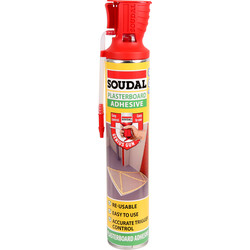We have a 1930 semi, the outside wall is very cold in the winter acting like a huge ice block. I have looked at it and it appears to be 9inch solid construction. in the small box room upstairs at some time its been plastered (putting it politely) in a popcorn finish that looks awful. Id like to skim over this. But could I fit insulated plasterboard with expanding foam?, as this would saving having to disturb the surface and also add some much need insulation. I have read up a lot but am still confused if this will cause problems. I have looked on a traditional building page, but they are against anything that is not built of twigs and installed by druids. I'm sure there must be a modern solution.
thanks for any help.
thanks for any help.


